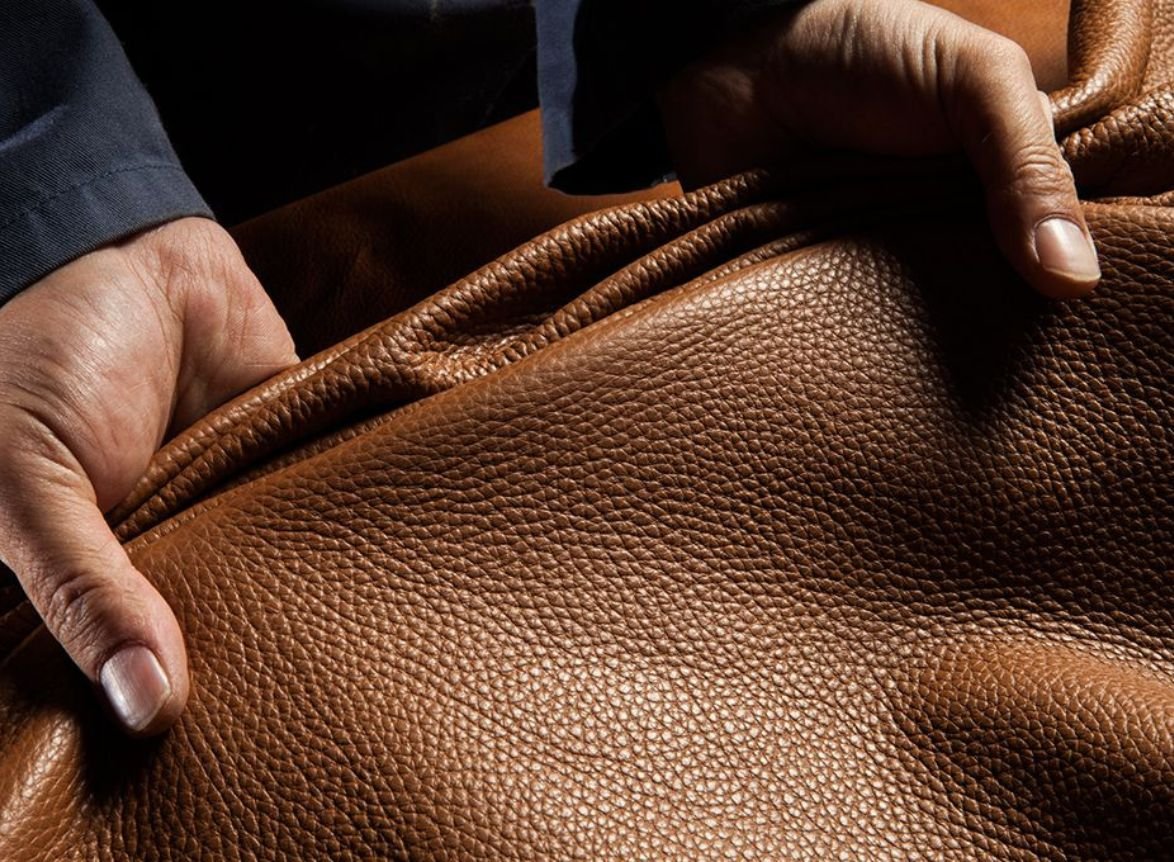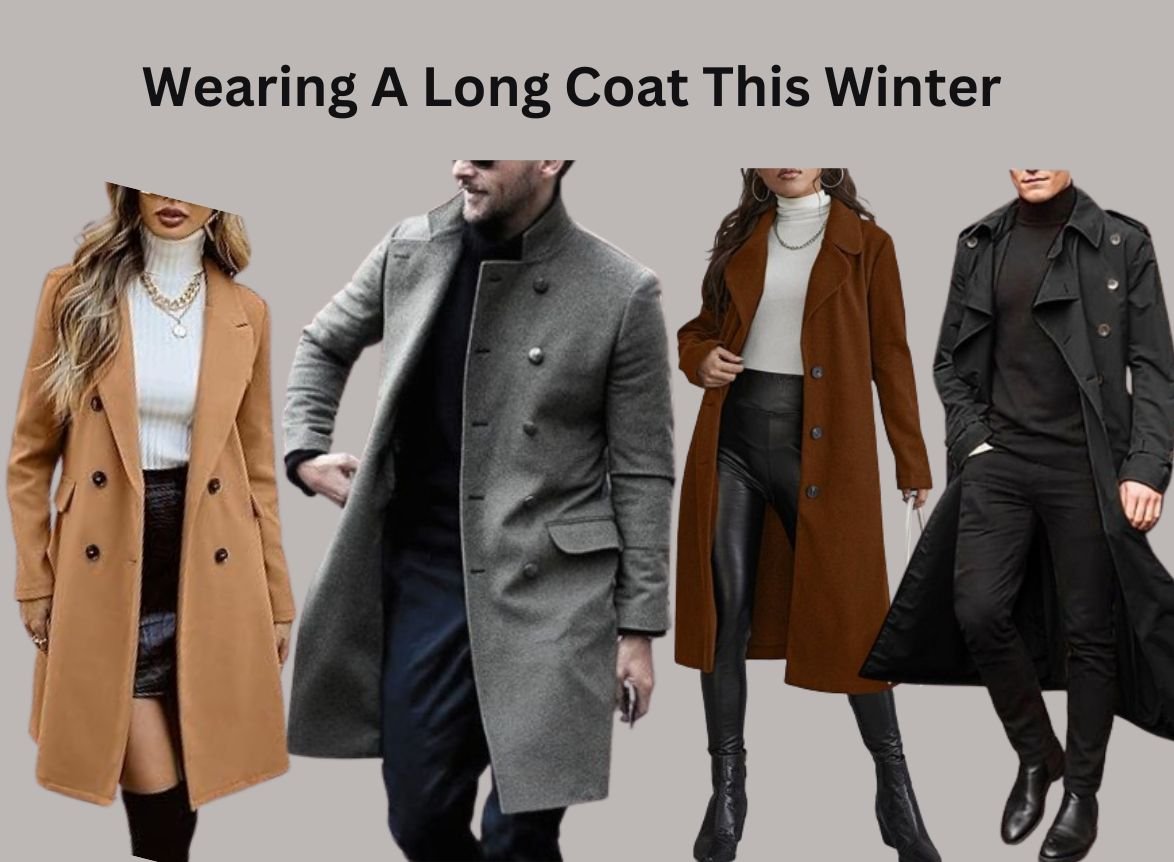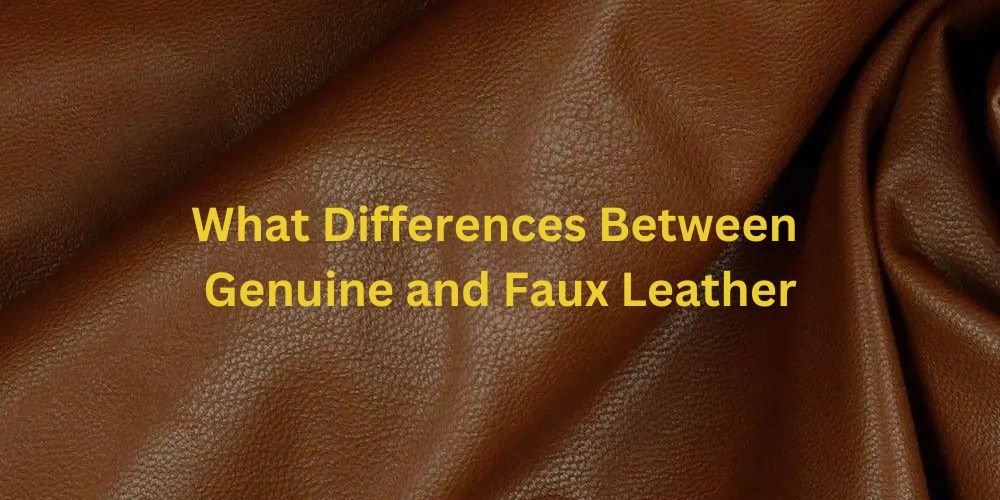For over a century now, the leather jacket has been a wardrobe must and has come to represent freedom, rebellion, and edgy style. Its development is a tale of a garment that endures through time, woven together by cultural, historical, and stylistic strands. This piece explores the fascinating history of the leather jacket and how its appeal has persisted, captivating the world of fashion.
THE BIRTH OF LEATHER JACKET (1920S – 1930S)
The first leather jackets appeared in the early 20th century, mostly as practical clothing.
Pilots and other military personnel wore leather “flight” jackets during World War I because of their toughness and capacity to keep them warm at high altitudes. The first motorcycle leather jacket, the Perfecto, was designed by Schott NYC in 1928, but it wasn’t until the 1920s and 1930s that leather jackets started to become popular in everyday life. The initial shift of the leather jacket from utilitarian to fashionable was a significant one.
THE SYMBOL OF REBELLION (1950S – 1960S)
The 1950s marked a paradigm shift. In large part because of Hollywood, the leather jacket came to represent revolt. The leather jacket was first portrayed as the rebel’s uniform by Marlon Brando in his 1953 film “The Wild One.” James Dean carried on the tradition in his 1955 film “Rebel Without a Cause.” Rock stars like The Beatles and The Rolling Stones wore the jacket in the 1960s, making it a counterculture icon and solidifying its link to variance.
MAINSTREAM AND HIGH FASHION ADOPTION (1970S – 1980S)
The 1970s and 1980s saw the full mainstream acceptance of the leather jacket. It became more than simply the rebel’s option; to the general public, it represented coolness. The leather jacket was taken by the punk movement, which also added patches, studs, and an attitude that affected the style. Additionally, high fashion started to embrace leather as evidenced by the inclusion of leather jackets in the collections of designers such as Gianni Versace and Jean Paul Gaultier, who showed off the material’s adaptability and universal appeal.
DIVERSE INTERPRETATIONS (1990S – 2000S)
The leather jacket underwent a diversification in the 1990s and early 2000s. Grunge culture embraced a more worn-out aesthetic, while hip-hop musicians chose to focus their designs mostly on their logos. As the leather jacket broke free from a single stereotype and was reimagined in a variety of shapes, hues, and textures, fashion was expanding. A youth longing for self-expression found accessibility to the leather jacket thanks to brands like Diesel and All Saints, which gave it a fresh edge.
A SUSTAINABLE REVIVAL (2010S – PRESENT)
One new issue facing the leather jacket in recent years is sustainability. Because of the fashion industry’s negative environmental effects, producers and customers are looking for environmentally friendly substitutes. To ensure that the leather jacket endures in a world where people care more about the environment, imitation leather and materials supplied responsibly are becoming more and more popular.
WHY LEATHER JACKETS REMAIN POPULAR
The leather jacket, a mainstay of the fashion business, has withstood the test of time and is seen on the closets of global style icons. This article examines the various factors that contribute to leather jackets’ enduring appeal.

THE HISTORICAL ROOTS OF LEATHER JACKETS
When the leather jacket first came into fashion in the early 1900s, it was meant to be a practical item for motorcycle riders and pilots. It gained popularity due to its protection and resilience. It began to acquire style and functionality.
HOLLYWOOD’S LOVE AFFAIR WITH LEATHER
Thanks in large part to Hollywood, the leather jacket evolved from a useful piece of clothing to a status symbol by the middle of the 20th century. Legends like James Dean and Marlon Brando wore leather jackets on film, solidifying their image as rebels. The leather jacket’s ongoing appeal has been fueled by its associations with freedom and revolt.
FASHION’S HIGH-END EMBRACE
Thanks to the runway reinterpretations of designers such as Giorgio Armani and Yves Saint Laurent, the leather jacket made its way into high fashion. Its shift to premium fashion broadened its appeal and cemented its reputation as an elegant and adaptable piece of clothing.
THE UNISEX APPEAL
One of the leather jacket’s strengths is its unisex appeal. Both men and women have made the leather jacket a centerpiece of their wardrobe, using it to assert a strong, confident statement. This gender-neutral aspect has broadened its popularity and cemented its place in everyone’s closet.
CUSTOMIZATION AND PERSONAL EXPRESSION
A leather jacket can serve as a blank canvas for individual creativity. Owners frequently add patches, buttons, and artwork to their coats to personalize each one. Your personal touch gives the leather jacket a unique quality. It takes on sentimental significance and becomes something you care about. Your leather jacket turns into a treasured memento of your travels.
DURABILITY AND TIMELESSNESS
It’s well known that leather coats are quite durable. A well-made jacket is resilient to years of use and frequently gets better with age. Since people are becoming more conscious of the effects rapid fashion has on the environment, its durability makes it a sustainable option.
THE INFLUENCE OF STREETWEAR
The return of the leather jacket to the forefront of casual fashion is a result of the growth of streetwear. Companies have added contemporary elements to the classic silhouette to cater to younger consumers looking for the ideal fusion of old and new.
SUSTAINABILITY AND ETHICAL FASHION
The fashion industry has witnessed a transition towards sustainable practices due to mounting environmental concerns. The use of recycled or vegan leather in ethical leather jackets is growing in popularity, providing customers with a guilt-free choice that upholds their morals without sacrificing fashion.

CONCLUSION
The leather jacket’s remarkable fusion of utility, fashion, and symbolism is demonstrated by its journey from World War I cockpits to high streets and runways of the twenty-first century. Its core has not changed despite evolution, adaptation, and reinterpretation. The leather jacket not only endures in popularity but also captivates the interest of every generation due to its adaptability to shifting trends and ability to reflect the spirit of the times. In the ever-evolving world of fashion, the leather jacket persists as a timeless garment that may be worn as a statement of personal identity or as a simple reference to classic style.






Leave a comment
Your email address will not be published. Required fields are marked *